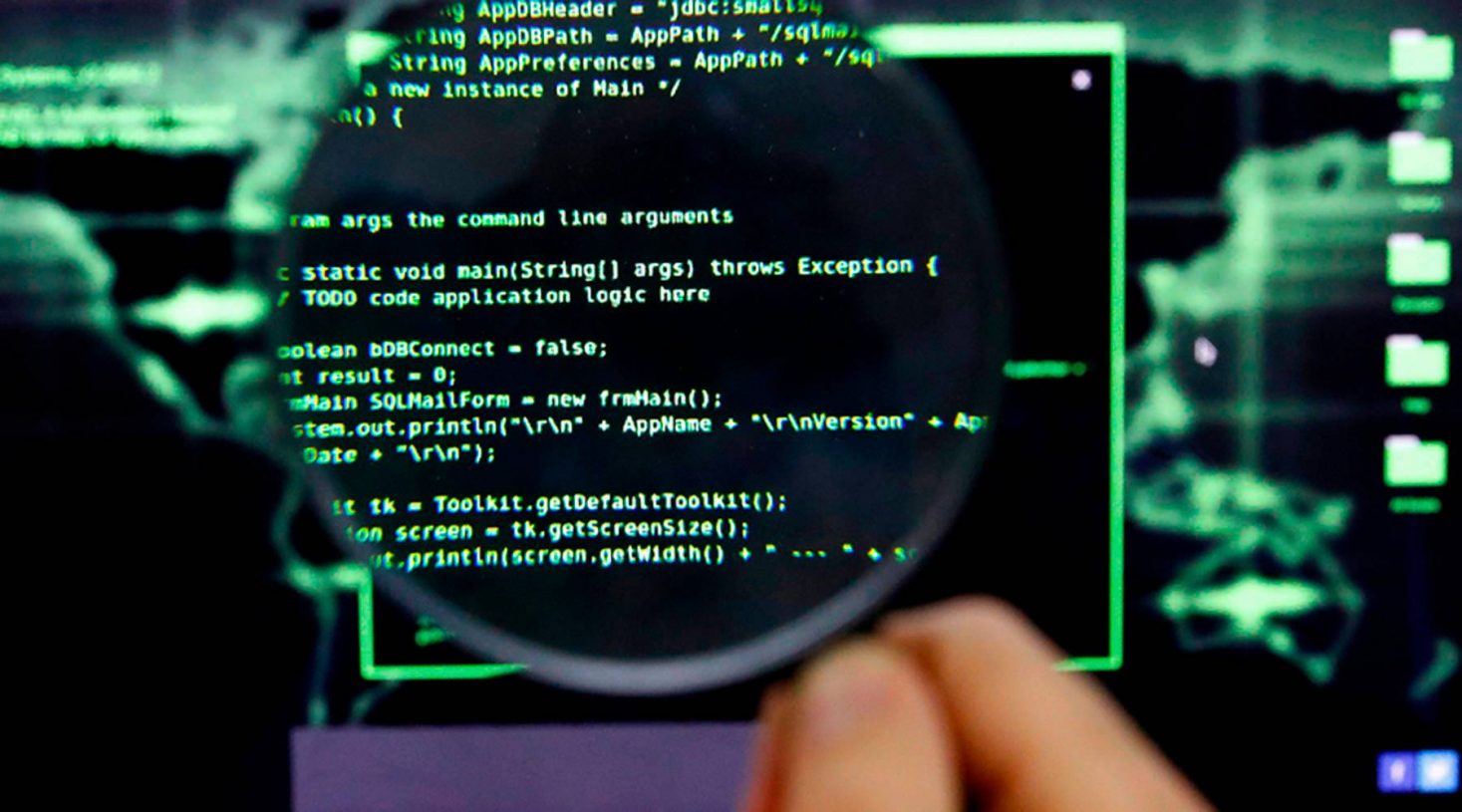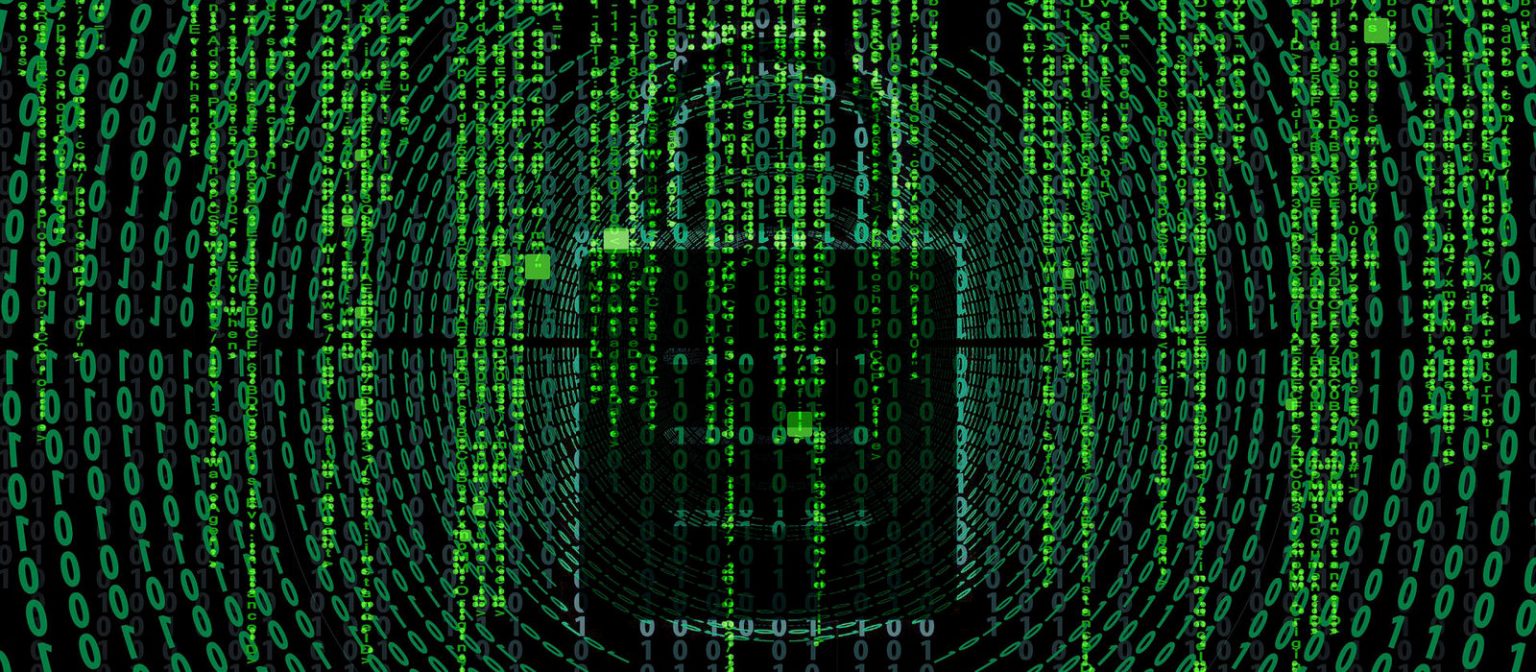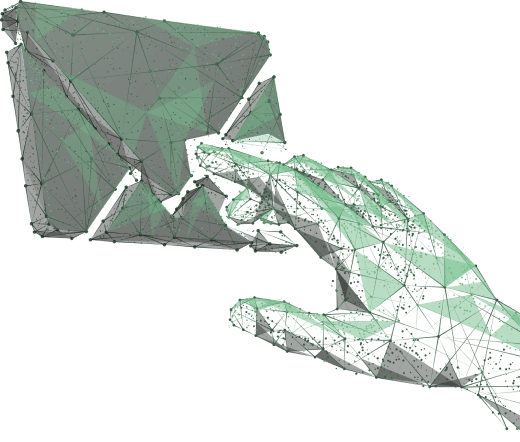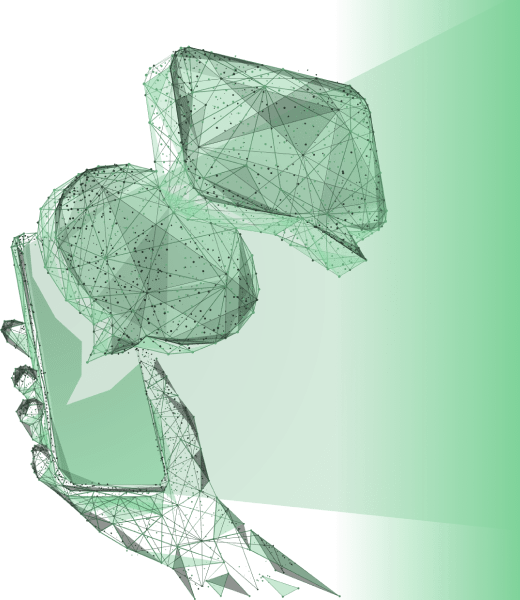Free and available Wi-Fi is always a nice bonus of visiting public places. In today’s world, almost every cafe, airport, restaurant, bar or club has the opportunity to use free Internet access using a smartphone or laptop. Sounds appealing, doesn’t it? In fact, with this connection, the files and information stored on your device become available; unless you have read our tips and taken precautions in advance.
The first thing that comes to mind when choosing a method of protection is the installation of special applications or antivirus. But, according to practice, this is not enough to protect data. You need to learn to distinguish between malware and extortionist programs. In addition, you need to improve passwords, make them more secure and much more. It is very important to take care of the security of the data stored on the smartphone and in social networks in particular.
How can personal data be protected?
1. Secure use of public Wi-Fi
Every day, a huge number of people check their bank accounts or make purchases online using public Wi-Fi. Posting something personal to Facebook, Twitter or Instagram in this way is very dangerous. Such actions should only be performed when using a secure connection. It is important to connect only to HTTPS (where “S” means SECURE) and in no case to HTTP. At the same time you need to pay attention to the “lock” at the beginning of the link line, it indicates a secure connection.
2. Using VPN outside home
VPN is the most reliable thing you can use if you have to connect to Wi-Fi in public places. But in this case, an important role plays the choice of VPN, which will be used when connecting to the network.
3. Password protection
They must be as reliable as possible. The password must be at least 8 characters long, including uppercase and lowercase letters, numbers, and symbols. It seems difficult to come up with such a password and especially to remember it. We have a few suggestions: think about your favorite movie or book and take the first two letters of each word, add your favorite number and point – it will be a great password. Of course, you can add something else or change the characters, but try to make the password long and memorable. You can also use the LastPass password manager. It is not recommended to use the same password for different accounts and programs.
4. Multi Factor authentication
On most of the websites and social media you have a choice to log in using multi factor authentication. The strength of authentication systems are mostly evaluated by the number of factors or layers incorporated into that same system. Systems which use multi factor authentication are thought to be stronger than those that use only one factor. How does it work? For example, in order to access your Instagram account you should not only type a password but also receive a pin-code to your phone number. Thus, if someone wants to log in to the account, the system will ask him to enter data to which he definitely does not have access. Multi factor authentication provides additional security by adding protection like SMS, pin-codes, phone calls, emails, etc. The more layers – the more security. You can find instructions on how to connect multi factor authentication on the website of the social network that you want to connect to.
5. Ignoring suspicious emails and messages
Never open suspicious links in your emails or messages. The best would be to delete spam or strange looking messages without opening them. If you got an unusual message from your friend or relative, the best thing to do would be to contact them and ask if they sent you something before following the link.
6. Avoiding the dissemination of personal information
Be very cautious with everything you post on the Internet. First of all, be careful with where you send or post your credit card number or password information. In order to check the websites and files you can use virustotal.com . Also turn off geolocation on photos you post on social media. More importantly, avoid posting photos or videos of personal documents or tickets. After all, hackers can get a lot of information from a simple concert or plane ticket. For example, in March, the former Prime Minister of Australia published a photo of his plane ticket, and it took hackers less than 45 minutes to find out his phone number and passport details.
7. Using antivirus and anti-malware services
We recommend installing antivirus software and a firewall. It is important not to forget to update them when necessary. There are many different products available on the Internet, but it is important to keep in mind the risks. It is not recommended to download the software from suspicious websites, but trust only the official ones. Antivirus will help identify threats and protect the device.
8. Turning off features and applications that are rarely used
If you connected your phone or computer through Wi-Fi or Bluetooth, you should remember to turn these features off when you don’t use them. These steps can help prevent hackers from accessing your devices.
How can I know if I was hacked and what do I do?
These things usually are the indicators of the fact that you’ve been hacked:
– A ransomware message
– A fake antivirus message
– Strange browser toolbars
– Internet search redirection
– Random pop-ups
– Invitations on social networks on your behalf, which you definitely did not send
– Online password isn’t working
– Unexpected software installs
– Your mouse moves by itself
– Online account is missing money
– You get a message you’ve been hacked
– Confidential data has been leaked
– Strange network traffic patterns
– Lack of access to your social network account, even if the password is correct
What can be done? If, for example, a social network (or any other account) has been hacked, the first thing to do is regain control. Try contacting the company that owns the application in which the account is registered. Each company has its own procedures and steps to renovate accounts in case of hacking. Their contacts can be easily found on the Internet. If your account is still available, it’s important to check your settings for changes, for example, whether emails are sent to another account. Of course, you need to change the password to the account that was hacked, as well as any others that use the same password.
Therefore, taking care of the security of personal data is not just important, but necessary. The best protection in this case is to prevent cyberattack in advance. And the above methods can greatly simplify this process.




